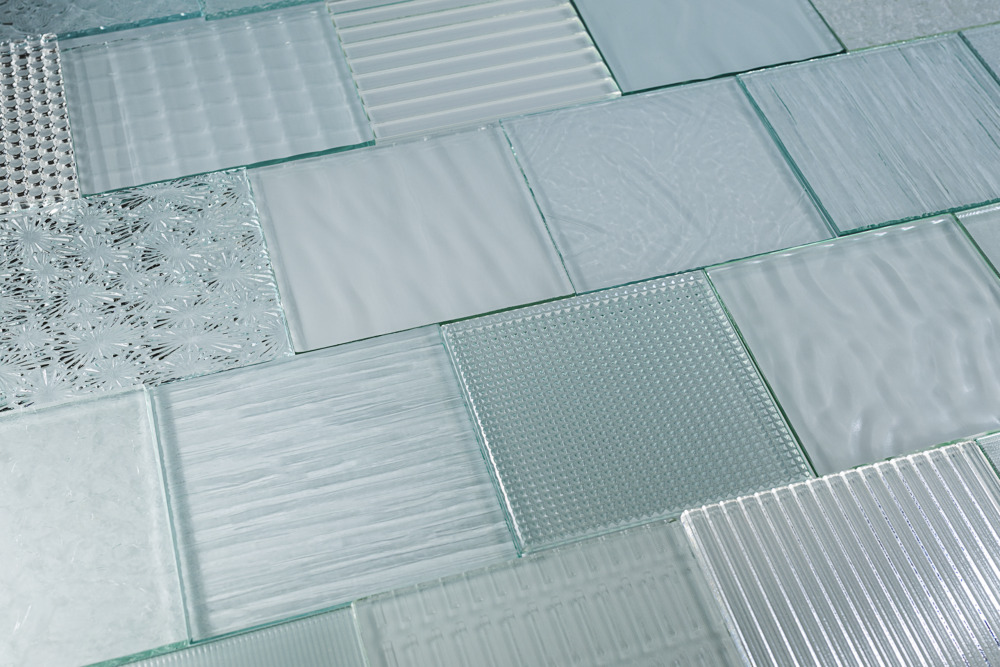Illuminating Spaces The Art and Science of Architectural Glass
In the realm of architecture, few materials possess the transformative power of glass. Beyond its practical functionality, architectural glass serves as a canvas for creativity, an instrument for environmental harmony, and a conduit for natural light. From towering skyscrapers to intimate residential dwellings, the integration of glass has reshaped the modern built environment, offering a delicate balance between transparency and solidity, lightness and strength.
At its core, architectural glass is more than just a building material; it's a medium through which architects and designers express their vision. Whether used in façades, windows, or interior partitions, glass infuses spaces with an ethereal quality, blurring the boundaries between interior and exterior, public and private. Its transparency invites connection with the surrounding environment, framing views of the landscape while simultaneously defining interior spaces.
One of the most captivating aspects of architectural glass is its ability to harness natural light. Unlike traditional building materials that create barriers between inside and outside, glass acts as a conduit, allowing daylight to permeate deep into the building's interior. This not only reduces the need for artificial lighting but also creates dynamic interplays of light and shadow, enhancing the aesthetic appeal of the space. Moreover, strategic placement of glass can optimize solar gain, contributing to energy efficiency and sustainability—a crucial consideration in contemporary design.
The evolution of architectural glass technology has ushered in a new era of innovation and possibility. From float glass to tempered and laminated glass, advancements in manufacturing techniques have expanded the horizons of design. Today, architects can choose from a myriad of options, including low-emissivity coatings for thermal insulation, electrochromic glass for adjustable transparency, and photovoltaic glass for energy generation. These innovations not only enhance the performance of buildings but also offer architects unprecedented freedom to experiment with form and function.
Furthermore, the versatility of architectural glass extends beyond its utilitarian functions. Glass can be manipulated to achieve a variety of aesthetic effects, from sleek minimalism to intricate ornamentation. Frosted glass, acid-etched glass, and textured glass are just a few examples of how surface treatments can imbue glass with visual interest and tactile appeal. Additionally, the interplay of colors, reflections, and refractions adds a layer of complexity to architectural compositions, elevating them from mere structures to works of art.
In addition to its aesthetic and functional qualities, architectural glass plays a pivotal role in shaping human experiences within the built environment. By creating spaces that are flooded with natural light and visually connected to the outside world, architects foster a sense of well-being and connectivity. Whether in bustling urban centers or serene rural landscapes, the strategic use of glass fosters a symbiotic relationship between inhabitants and their surroundings, enhancing quality of life and promoting sustainability.
However, the widespread use of architectural glass also presents challenges, particularly concerning energy consumption and environmental impact. While glass offers unparalleled opportunities for daylighting and aesthetic expression, it can also contribute to heat gain, glare, and bird collisions if not properly managed. As architects continue to push the boundaries of glass design, it becomes imperative to prioritize strategies that mitigate these negative effects, such as optimizing orientation, incorporating shading devices, and utilizing energy-efficient glazing systems.
architectural glass represents a harmonious marriage of art and science—a material that simultaneously reflects our aspirations for beauty and functionality. As we look to the future of architecture, glass will undoubtedly continue to play a central role, shaping the way we inhabit and interact with our built environment. By embracing innovation, sustainability, and human-centric design principles, architects can harness the full potential of architectural glass to create spaces that inspire, uplift, and endure.
For more info:-

.jpg)
Comments
Post a Comment